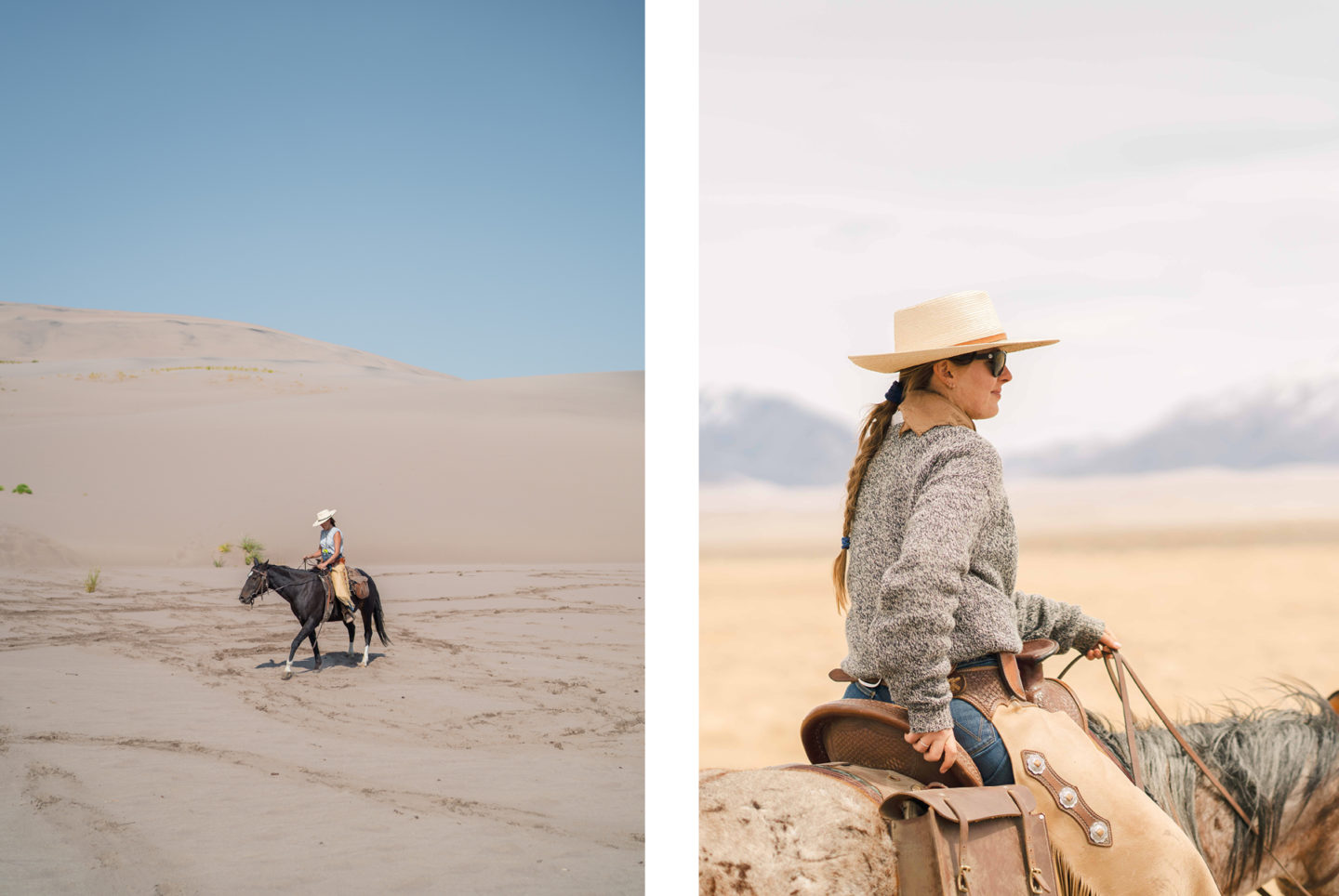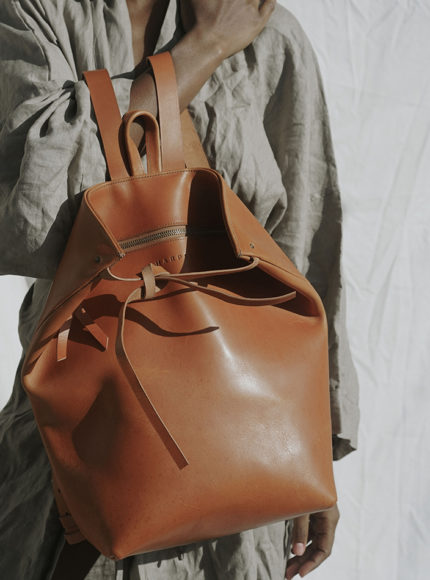

@ranchlands




Travel
Our Eco Hotel Series: Ranchlands, Colorado
The third in our Eco Hotel series, the team at the incredible Zapata Ranch in Colorado which is owned by The Nature Conservancy and managed by Ranchlands, talk us through life at the ranch, being surrounded by nature and stunning landscapes! Underpinning Ranchlands is their sustainable mission that runs through all aspects of the business, including the ranch, accommodation, food and their online mercantile!
This article brought to you by our friends at Ranchlands!
“Ranchlands at its core remains a cattle ranching business and way of life, emphasizing open-mindedness, sharing ideas, and building longevity and community by perpetuating our ranching heritage. We believe that creating a profitable business that can support our environmental programs is one of the cornerstones of a successful conservation strategy.”
Ranchlands, Zapatar Ranch
First of all, can you introduce Ranchlands and your mission with it?
Over the course of the past two decades, Ranchlands has grown from a cattle ranching business to a grass-roots movement that demonstrates how ranching is the most compelling model for landscape-scale conservation in the American West. While our model emphasizes ranch-based entrepreneurial businesses that build flexibility and financial stability as cornerstones for ecological land management, Ranchlands at its core remains a cattle ranching business and way of life, emphasizing open-mindedness, sharing ideas, and building longevity and community by perpetuating our ranching heritage. We believe that creating a profitable business that can support our environmental programs is one of the cornerstones of this successful conservation strategy.
What’s the history of the land – has it always been used for conservation and or/ranching or was this something that has evolved with time?
Ranchlands has been managing the ranches currently under our stewardship for anywhere between 23 and three years. Prior to our management, these properties have been used for everything from cattle ranches to golf resorts. Our philosophy for the properties we manage always centers around using the presence of our livestock to achieve conservation goals.
You talk about hospitality as being a benchmark of sustainable agritourism – can you tell us a bit about what this means and how you work towards that?
The void between urban and rural populations is growing at an alarming rate, with a stark minority of our global population living outside of cities. We see bridging this growing gap and engaging people from the city in our daily life on the ranch as critical to our survival into the future. By offering a compelling opportunity for people to come be a part of what we’re doing, hospitality is our way of trying to help people see that ranching is important to all of us on a fundamental level.
Additionally, the agricultural arena has changed over the past 20 years and business diversification for land-based businesses has become essential. Our hospitality and ecommerce businesses give us flexibility in times of economic or climatic downturn to sell or move our livestock because we have other income streams to fall back on.
What is Ranchlands Mercantile and your pursuits with that? Can you also tell us a bit about your collaboration with Shaina Mote as that is a brand we love!
The Mercantile is a natural diversification of Ranchlands, a business born on the ranches, grown from the need to repair our tack and equipment that we use everyday, encouraging leather working skills and techniques to build hardworking and timeless gear. These skills were honed to produce beautiful pieces that can be used in town or on the ranch. As with other areas of Ranchlands, the Mercantile is an opportunity to collaborate with like minded people, artists, and makers.
Shaina Mote’s work is mission-aligned and just so beautiful, which made the partnership a very logical and exciting one for us. We worked together to design an everyday sweater inspired by a Phillips family heirloom, and Shaina worked with her artisans in Peru to bring it to life. She brought a team out to the ranch to shoot the sweater on site, which really brought the project full circle.
How do you think creating a connection to the natural world through the Ranchlands stays can lead to a commitment to sustainability for your guests?
We strongly believe that to experience something first hand is the best way to begin to understand it. We strive to share as much of the land, wildlife, ecology, and lifestyle as possible, and most guests come to us to learn more, not just have a cool experience.
How much is nature incorporated into a stay at Ranchlands?
We aim to immerse our guests in the landscape and nature as much as possible, whether that’s galloping through the prairie, or sitting, listening, and observing the intimate sounds of the insects, wildlife, and life on the ranch.
“Returning to the same place allows a relationship to evolve and become deeper, giving the opportunity to share the same feelings with our families and friends over many years. Maybe we become more educated and understanding about that environment and landscape over time, and therefore more invested in ensuring it will be protected into the future.”
You have Bison at your ranch – can you tell us a bit about the importance of this aspect of ranching for you as this is an animal that seems to have a very complicated history in the United States?
The Zapata Ranch’s bison herd is owned by The Nature Conservancy and has been an important ongoing conservation project for the last 30 years. The herd has been used for multiple studies, from bison contraception to dynamics between bison and elk. Most importantly, the herd has years of genetic data gathered, enabling the animals to be managed to secure the purest, most robust bison genes possible.
The bison have also been an important tool for us to observe what the landscape of the ranch looked like 100 years ago. Ranchlands’ grazing programs aim to mimic the pattern of the large ungulate herds of the world, such as the bison and wildebeest that evolved in a symbiotic relationship with the great grasslands on which they roamed. We move our cattle in herds as large as possible in a migratory pattern, ensuring that the plant community receives as much rest as it needs.
How do you make sure the menus at the hotel are reflective of this ethos of organic, local and seasonal?
Many years ago, we built a relationship with the local food hub Valley Roots. Owned by a wonderful guy who believes deeply in locally sourced produce and food and the importance of the relationships with the farmers and ranchers, we have been working with Valley Roots to source almost all of our produce for the last seven years. It keeps our menu growing and changing and evolving, not just seasonal. It’s an important part of the way we look at food and food systems. We love to share the story of which farm or ranch grew their food with our guests.
Are there any other ways you have looked at sustainability for the hotel that you feel are unique?
We use our own ranch raised bison and beef at meals. Guests have the opportunity to ride amongst the bison and learn about the history of the herd and why ungulates are so significant to the environment and our operation. We also began our first kitchen garden three years ago and it’s been developing ever since. It supplements the local produce we receive from Valley Roots, and we offer short talks and cocktails in the garden and share about the three sisters method of growing and other garden stories.
What do you personally look for when you travel elsewhere?
Not too dissimilar to what we share– large spaces, wilderness, adventure, horses.
Finally, can you give us your top tips for sustainable, and even better regenerative, travel?
1.Support places that are run by people who care about something bigger, and who are trying to make a difference with their business.
2.Consider how your trip will enrich your life– mentally, physically, spiritually. These places are often ones that we return to, that we feel a connection with. Returning to the same place allows a relationship to evolve and become deeper, giving the opportunity to share the same feelings with our families and friends over many years. Maybe we become more educated and understanding about that environment and landscape over time, and therefore more invested in ensuring it will be protected into the future.
Follow Ranchlands @ranchlands
Ckeck Out The Other Articles From Our Eco Hotel Series…
Wythe Hotel, Brooklyn
Potato Head Resort, Bali
Wildflower Auberge, Hudson Valley









































